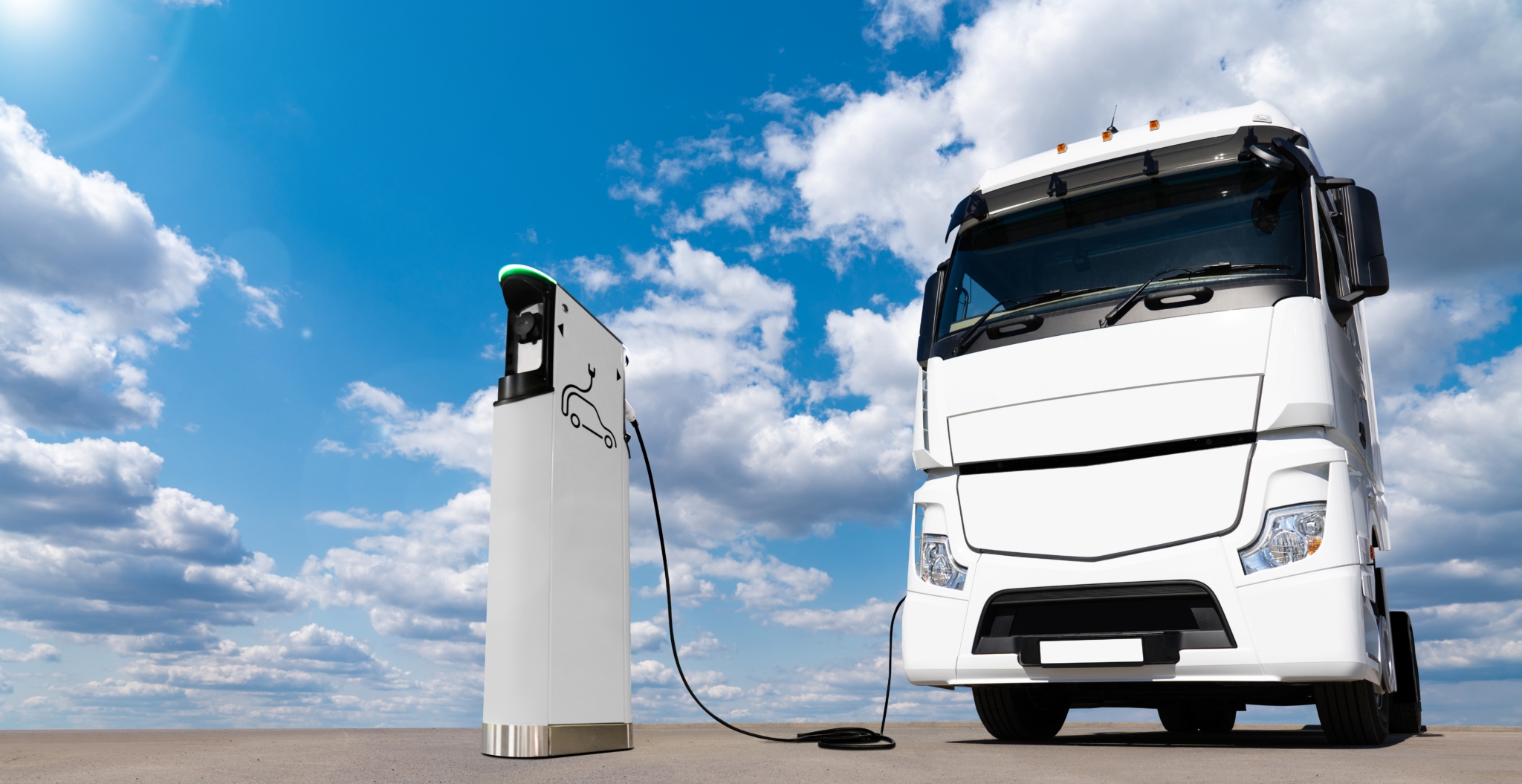ELECTRIC TRUCKING INVESTMENTS
The Los Angeles and Long Beach ports are investing a combined $25 million to support the development of charging infrastructure for electric-powered heavy-duty trucks to service southern California harbors and warehouses.
The commissions of both ports also authorized another $12.5 million from their respective clean truck funds to be set aside for installing up to 207 charging units in the region. The project contracts are being administered by the South Coast Air Quality Management District.
The financing comes after trucking interests, led by the Harbor Trucking Association (HTA) and California Trucking Association (CTA), stated at the TPM24 conference in early March that a significant investment in Southern California’s charging infrastructure would be necessary to meet the requirements of the California Air Resources Board (CARB) rule, which mandates that all truck fleets be 100% zero-emission by 2035.
FUNDING EV INFRASTRUCTURE
Under the Clean Truck Fund Rate programs, which went into effect in April 2022 both ports have been levying a cost of $10 per TEU or $20 per FEU on loaded containers transported to and from their terminals According to a joint statement from the ports, Long Beach has collected almost $75 million and Los Angeles roughly $78 million from the Clean Truck Fund Rate. The money raised will go towards grants to help truckers buy zero-emission trucks and develop infrastructure for electric charging.
THE FUTURE OF EV TRUCKING IN CALIFORNIA
In a statement released by the Port of Long Beach CEO Mario Cordero said “With more than 23,000 trucks working the harbor, the investment potential provided by the Clean Truck Fund Rate is a key to our air quality efforts… These projects with our partners shows the program is working as designed, and demonstrates zero-emissions goods movement is not a buzz phrase here in San Pedro Bay but a goal we make progress toward every day.”
According to Chris Shimoda, senior vice president of government affairs at CTA, battery-powered electric trucks operating in California’s ports need charging networks next to the ports and along truck corridors costing around a billion dollars. By 2035, according to Shimoda, the state’s heavy-duty vehicle charging network will have expanded to a point where it could power a million households.
Stay up-to-date on freight news with Green’s Weekly Freight Market Update by following us on LinkedIn. For continuous updates, make sure to check out our website at greenworldwide.com.






